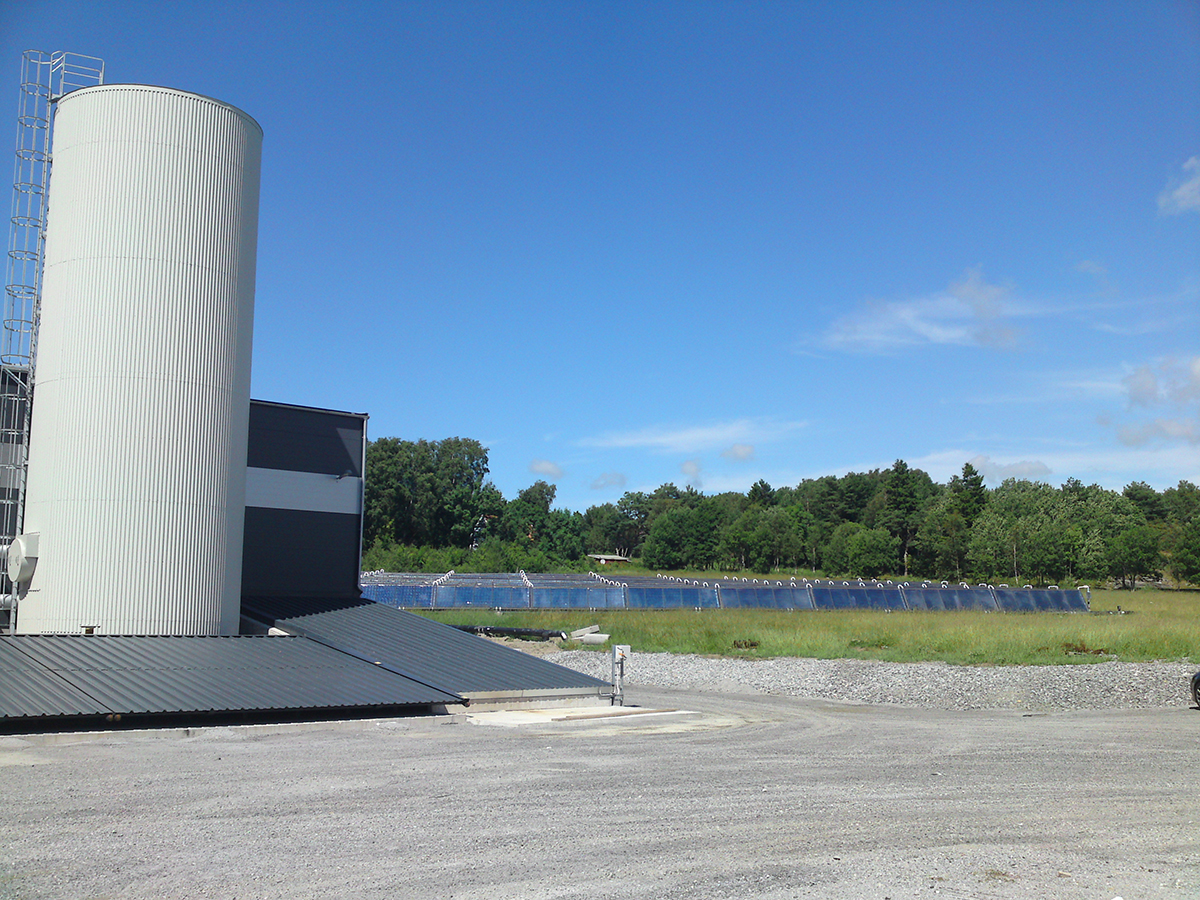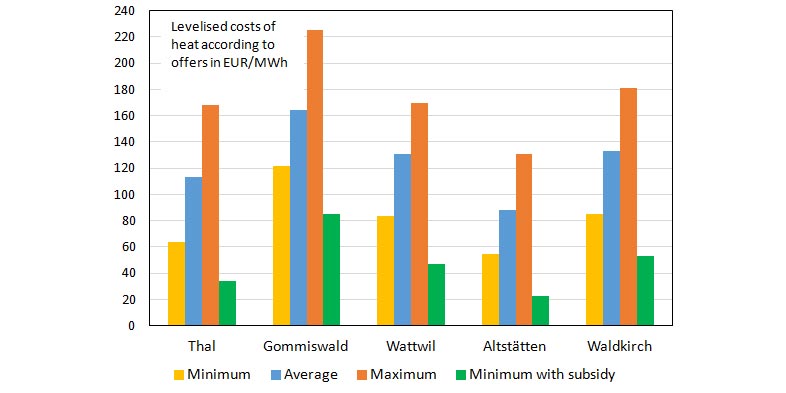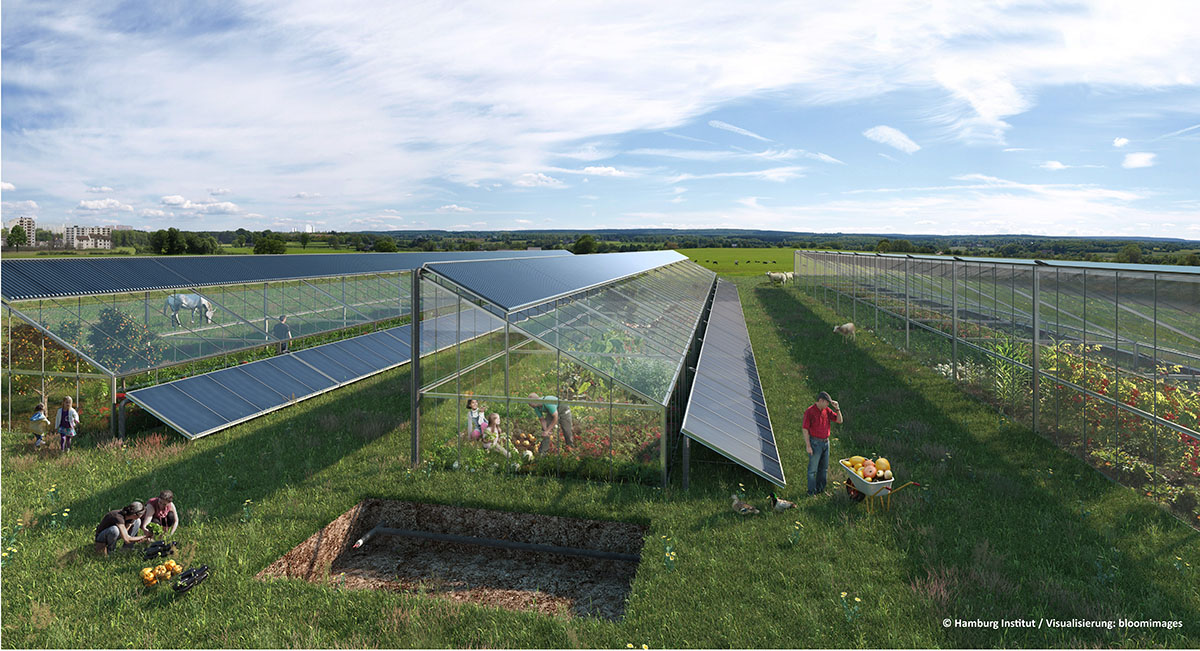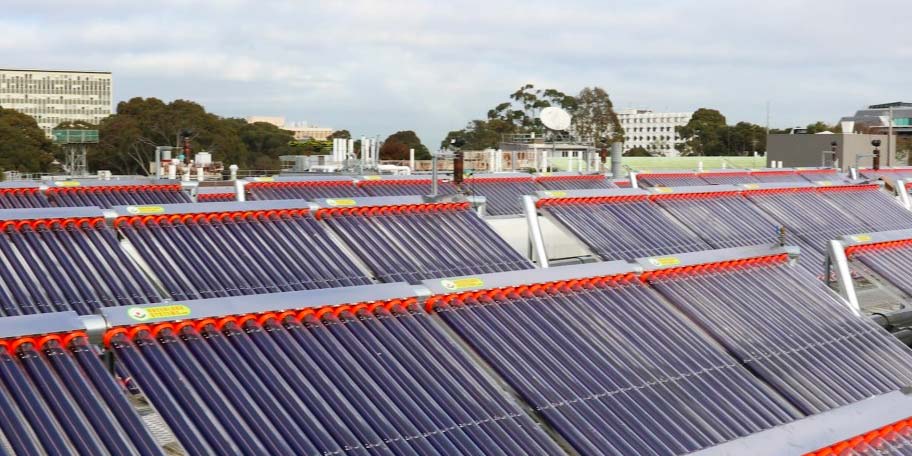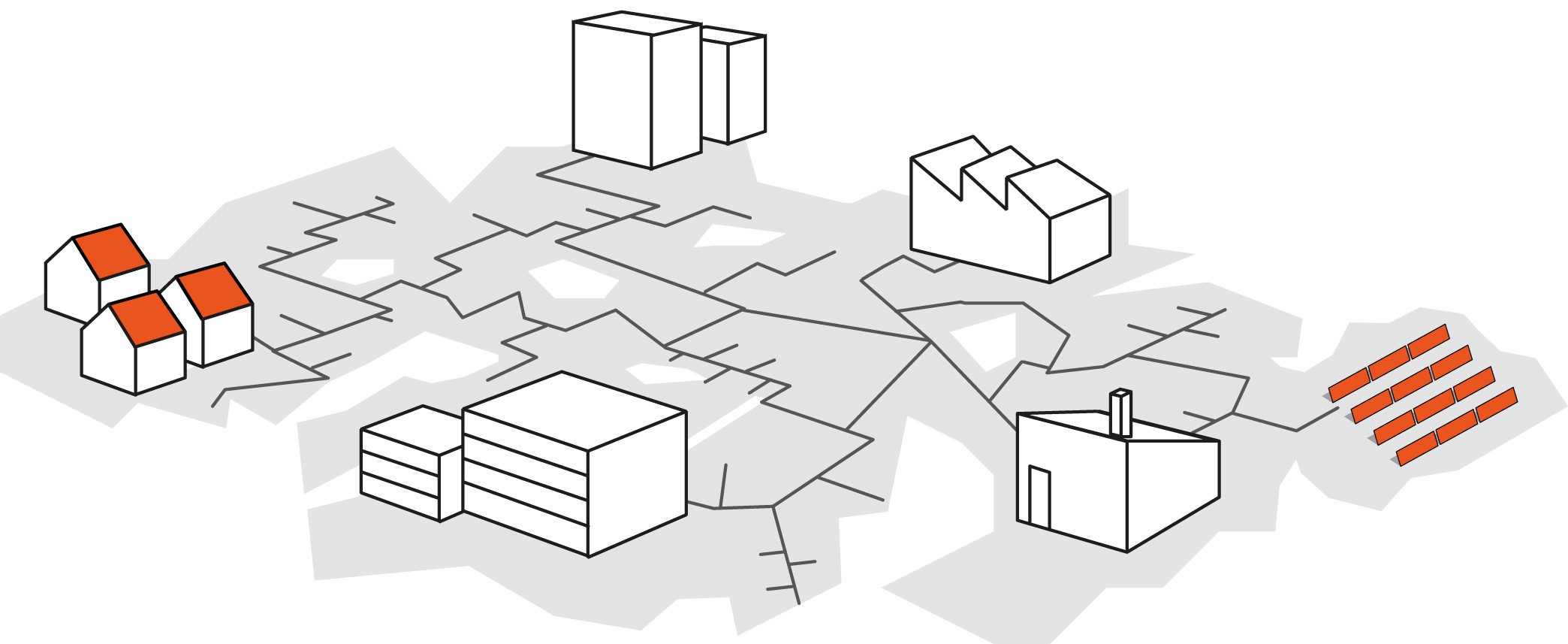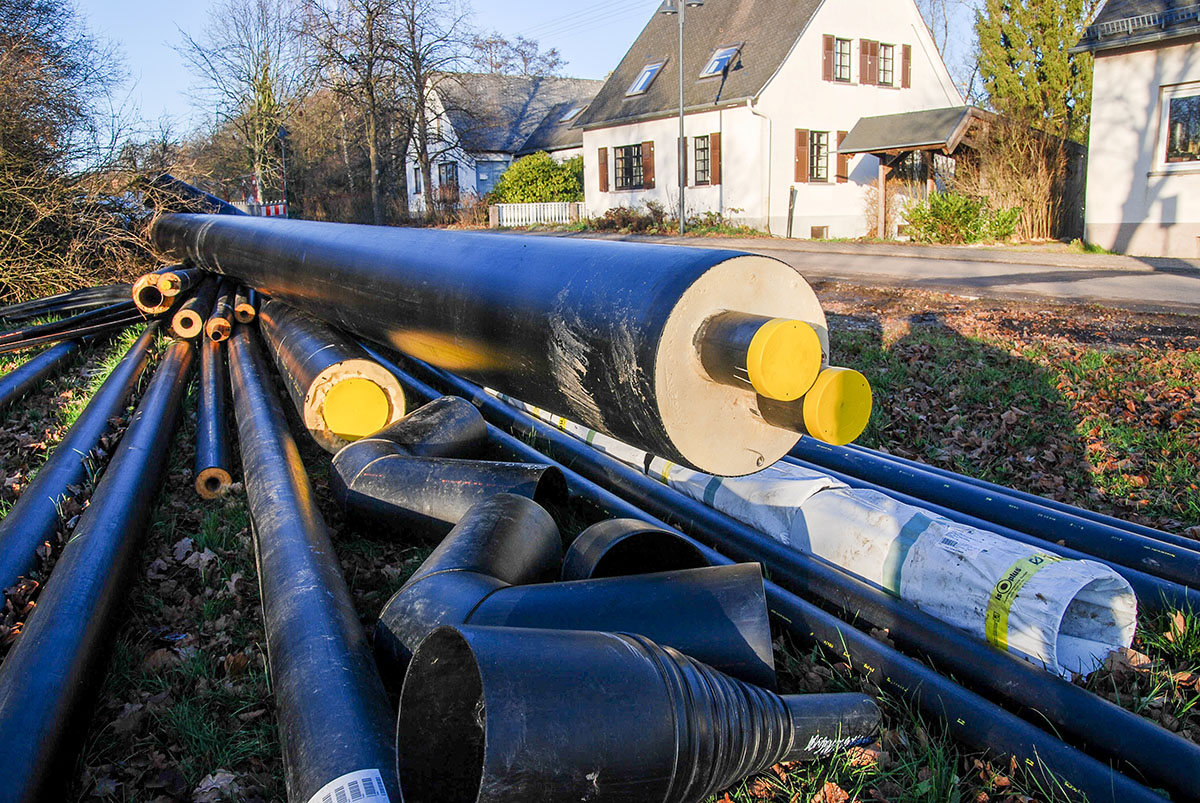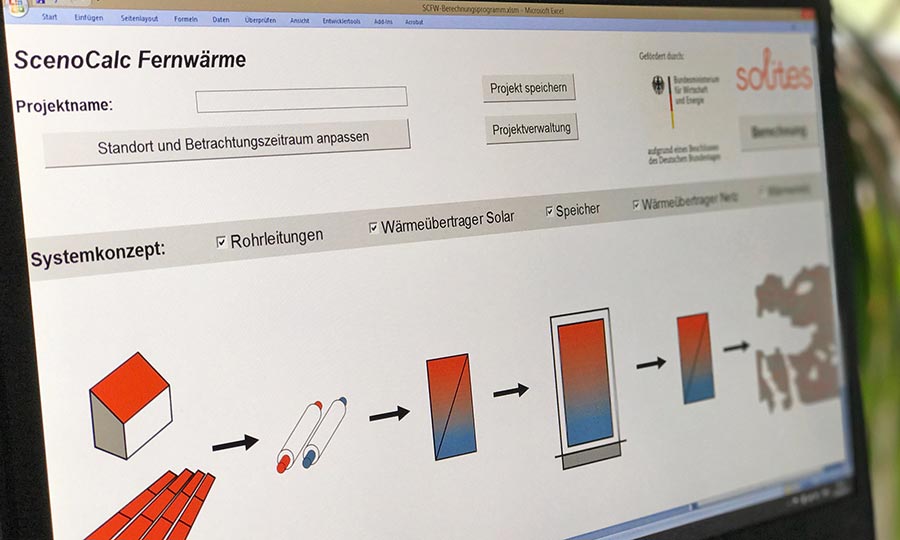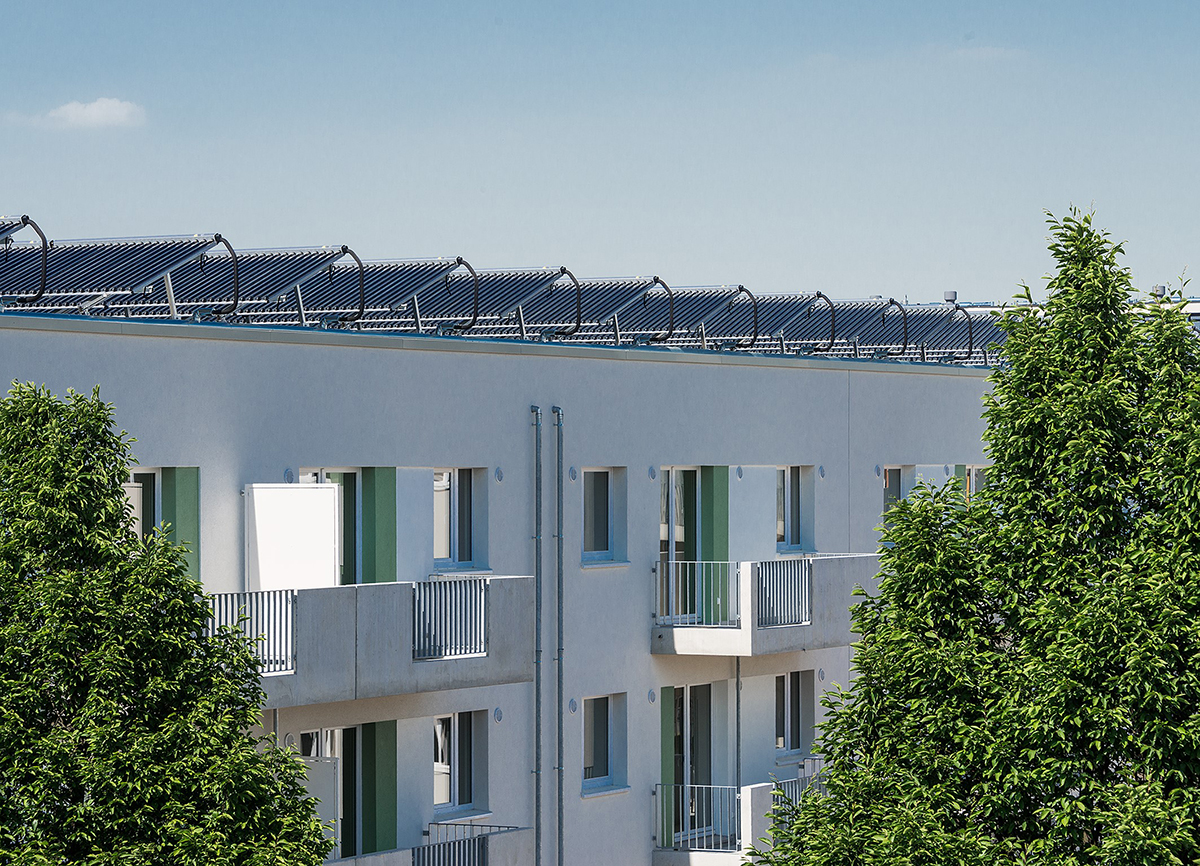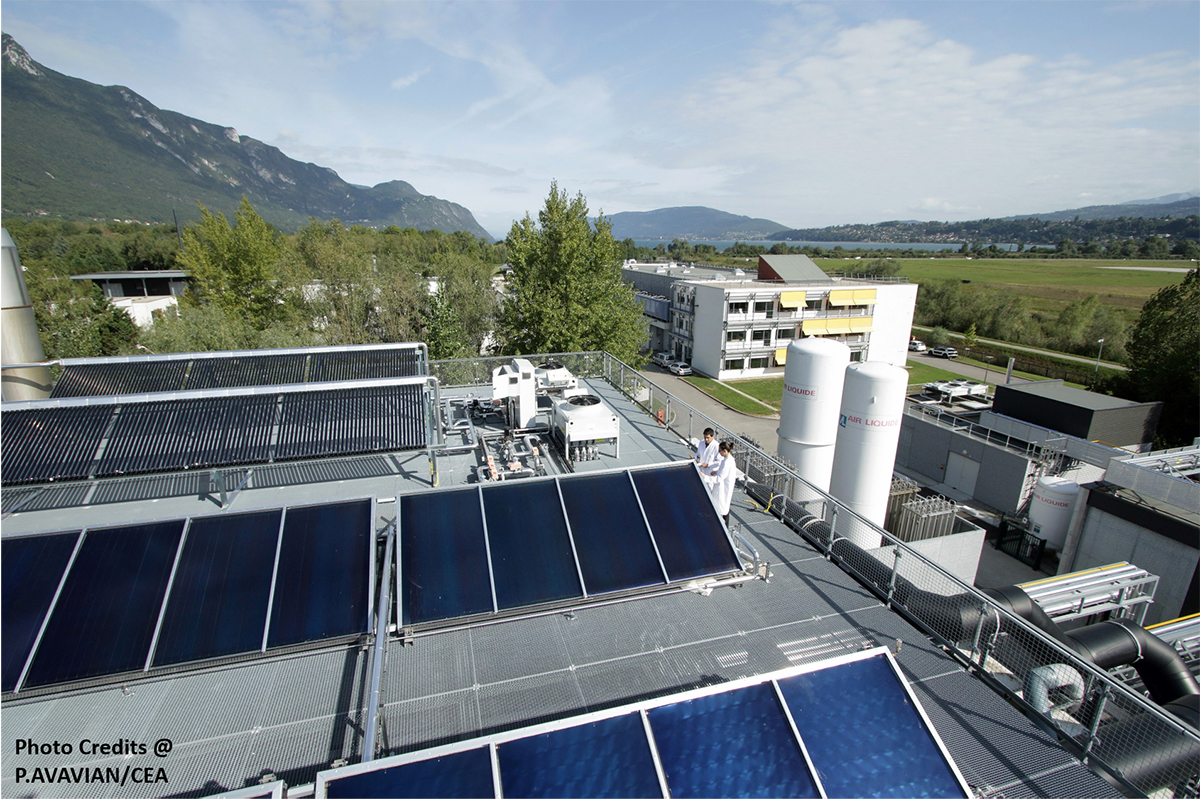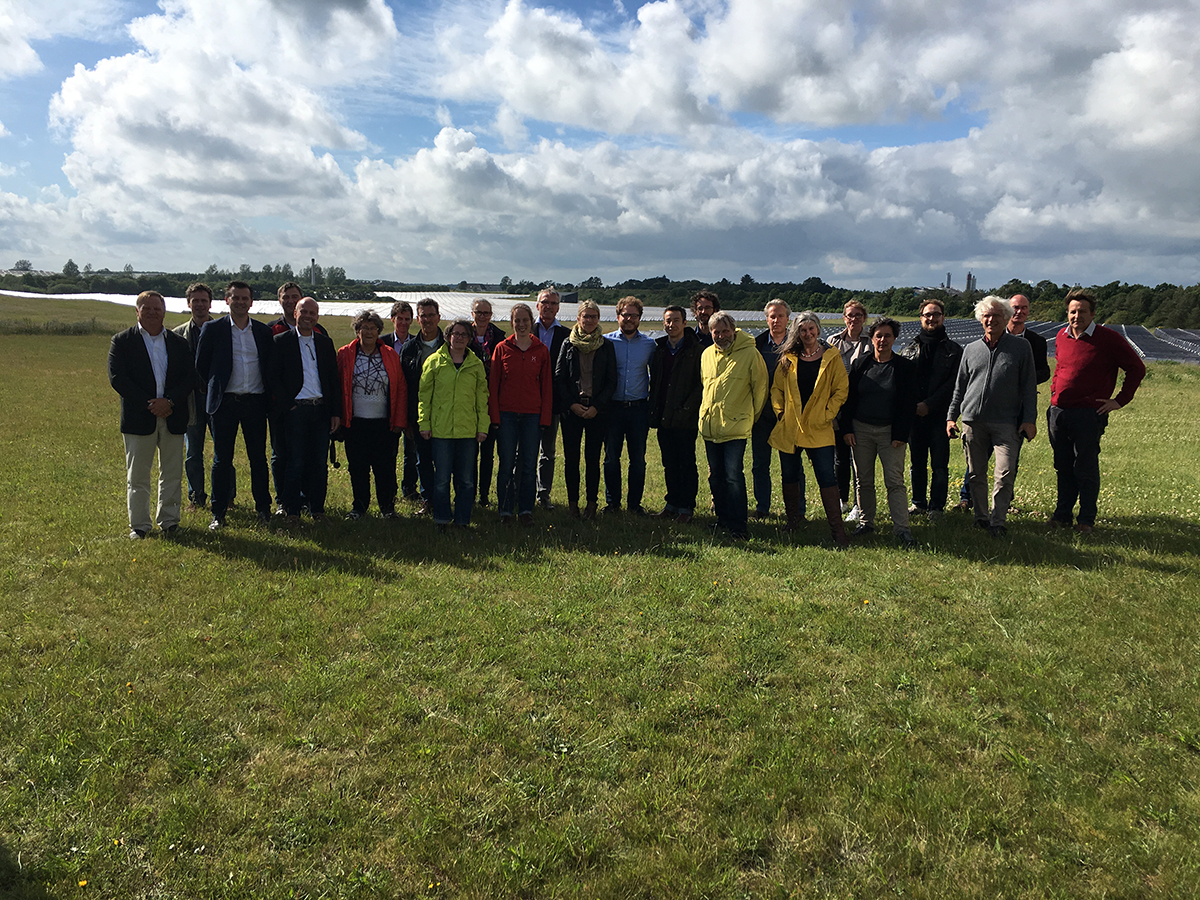SDH in Sweden: latest news from the Västra Götaland region
An initiative aiming at the realization of at least one new solar district heating plant in the Swedish region of Västra Götaland in 2017-2018 is ongoing within the European project SDHp2m – policy to market. Here are the latest developments.
The work to find demonstration sites where existing wood fueled district heating plants can be complemented with solar heat is ongoing in Sweden. The first step, a survey to the 49 municipalities in order to identify potential solid wood fuel plants to be complemented with solar heat was accomplished. In a second phase, the most feasible plants should be pre-designed in order to prepare a call for tenders.
There are now two feasibility studies for Borensberg and Vara on the way, and one planned for Hemse (on Gotland). Preliminary results show solar heat costs of the order of 50 Euro/MWh and one of the main focus points is to find a feasible placing of the collector arrays requiring 1 to 3 hectares land area.
